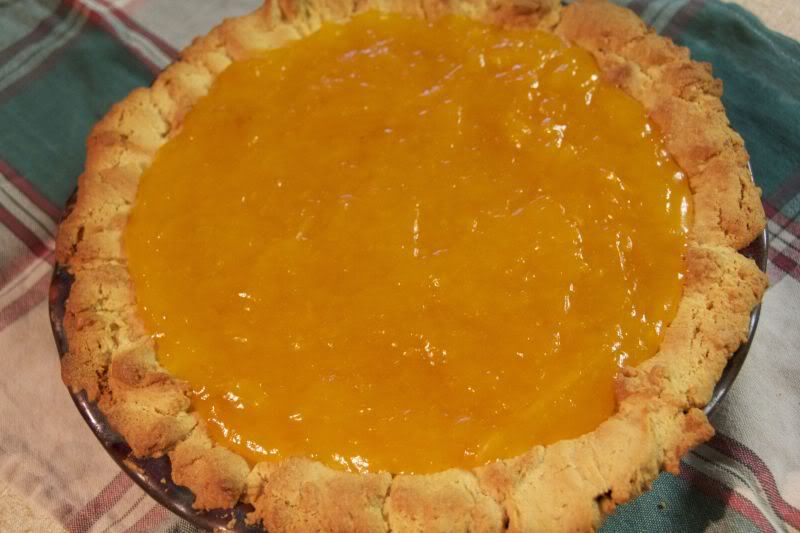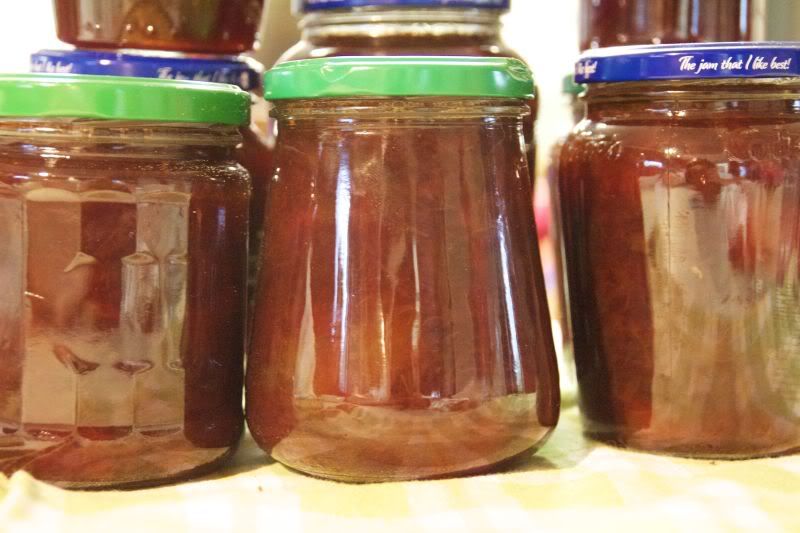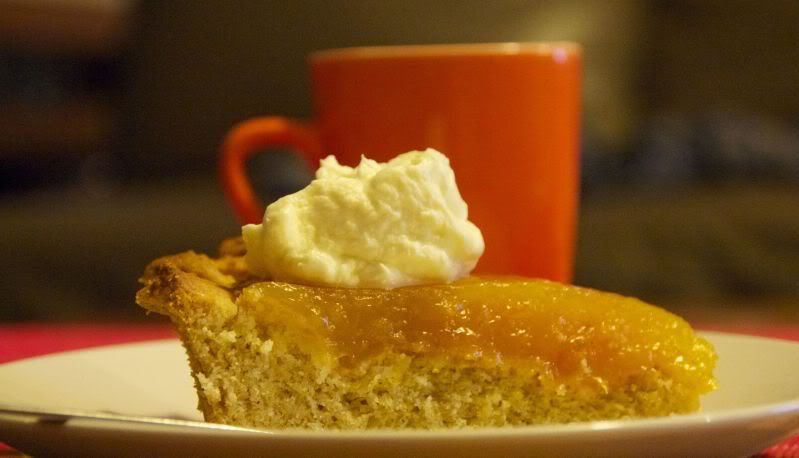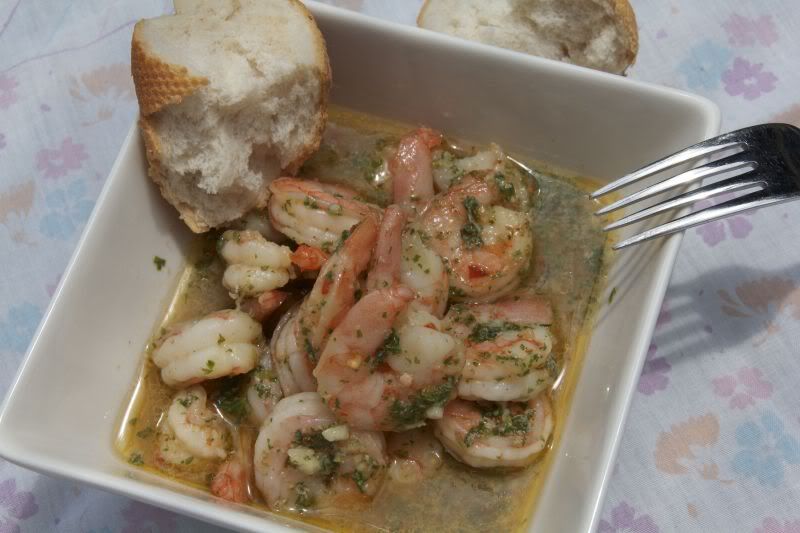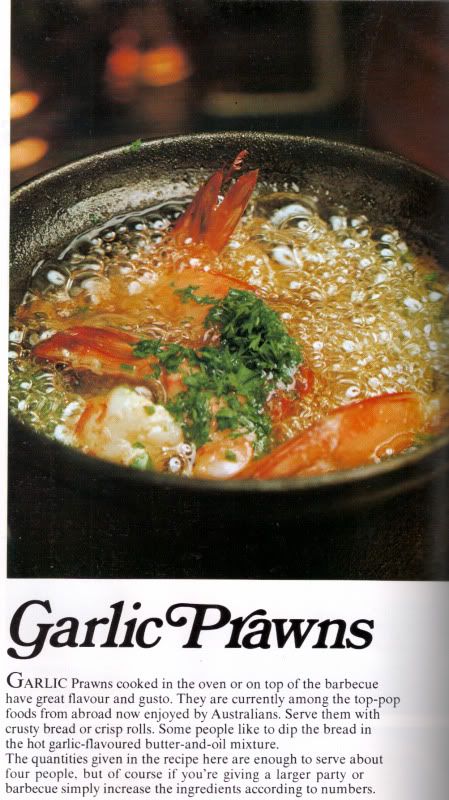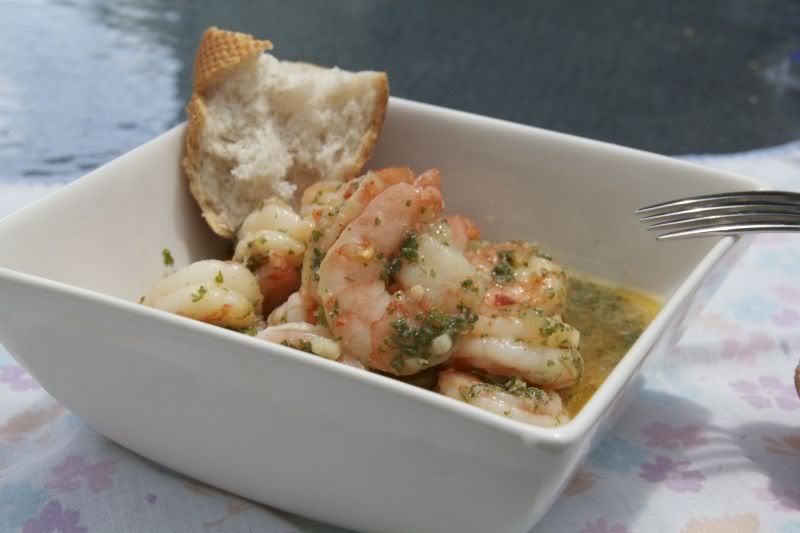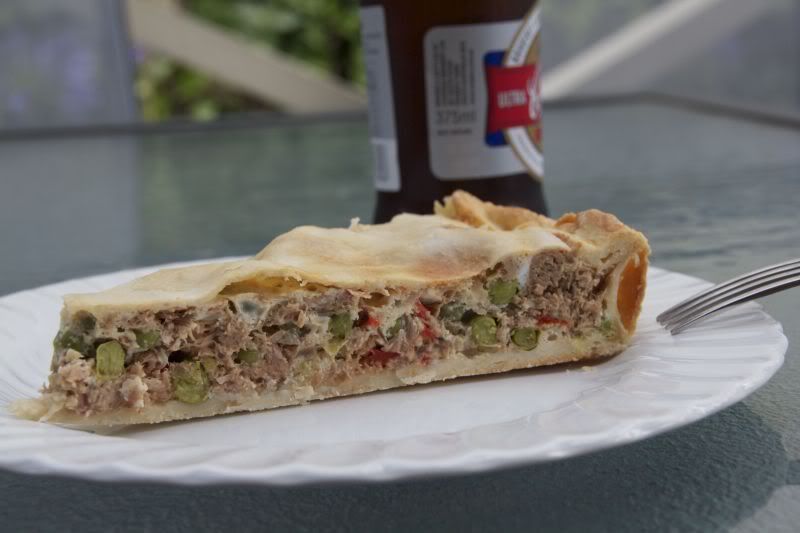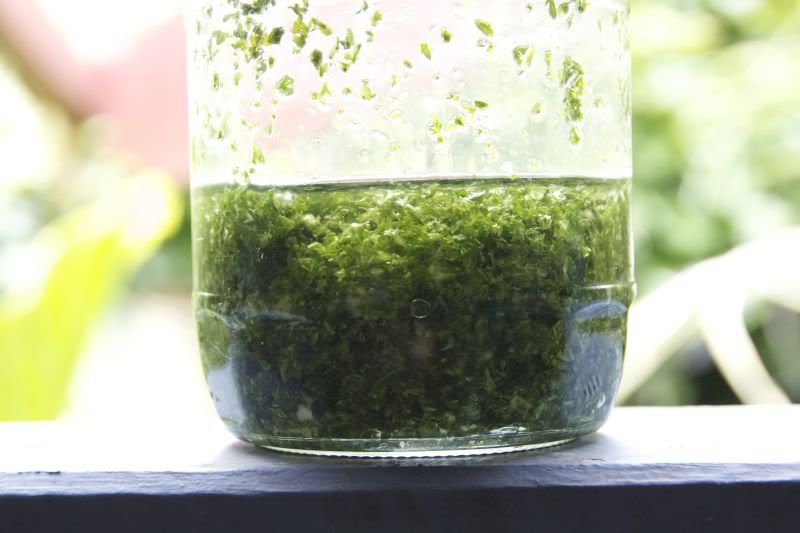I hadn’t seen my fake mother, Lee, since my wedding last Valentine’s Day. Lee is still grieving – as is right and good – for the daughter who left this world just a week after that. But her new home, with a 180o view of the sea just a stone’s throw away, is teeming with life, and that is also as it should be, because Lee and her husband, much as this loss has razed them to the ground, are full of life themselves.
In her backyard, she showed me the contemplative garden where all the plants that they received after their daughter’s death went. There’s a seat there, and many flowers, and also a beautiful plum tree so laden with fruit that its branches stoop under the weight. Their son has helped them prune the other fruit trees and put in raised beds for their vegetables. There is nothing that impresses me quite so much as a veggie patch, and this was a fragrant, colourful beauty: forests of chard, a minefield of purple beetroot, and tomatoes worthy of that scene in The Godfather.
Lee and I talked, and talked, and talked, and cried some, and the next day, when I was ready to come home, she walked me out into the garden with a large, flat basket, and picked me tomatoes, chard, many plums, and apricots. I had a three-hour drive back home and My Baby and I were going away for the weekend the next day to another place also three hours away, and I knew some of the things Lee gave me would not last that long. When I got home, I turned the chard into an early (and ersatz) Torta Pasqualina to take with us for our hosts, and I gently stewed the sweet ripe apricots until tender and put them in the ‘fridge for… whatever, whenever.
When I came home, we ate the tomatoes the way my mother called “split tomatoes”: cut in half, scored lightly, sprinkled with salt, oregano, and good olive oil. So good. Then I made much plum jam.
The plums were on the greenish side, so the jam has a fabulous set and a gorgeous tart twang. Then, I remembered the apricots.
I have some miniature pavlova shells that were tempting, but no. What I really felt like was an apricot pie, but I wanted something lighter than the usual pie. Then I remembered the fresh strawberry pie from a beloved book I have called American Pie, by Teresa Kennedy, and hey! Adaptation ahoy! For my pastry I went to Nidia's, and this is where the ugliness comes in.
The recipe is for a beautiful, light, perfumed, cookie-like crust. But mine turned out decidedly ugly.
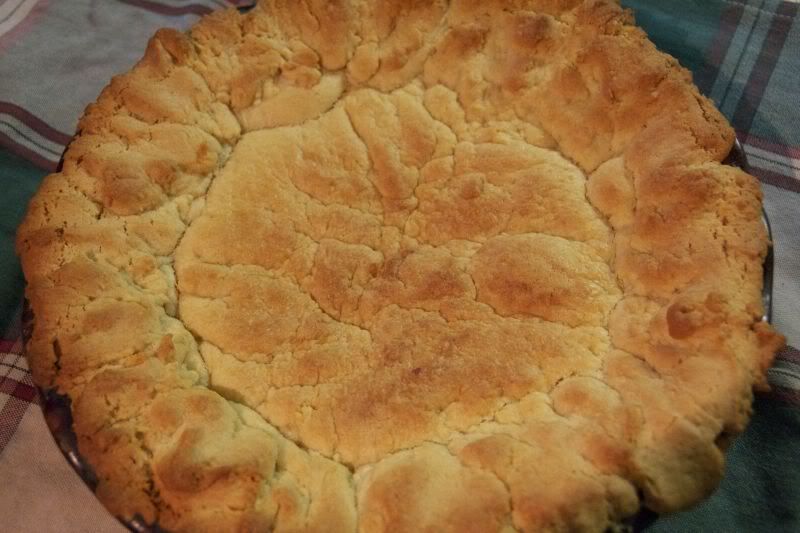 |
| Crust got da uggles! |
Granted, I didn’t let the dough chill for the requisite hour (it’s a nightmare to roll while at anything other than ‘fridge temp), so it’s probably my fault, but I pressed on regardless. I pressed on because the raw pastry tasted amazing, cooked it smelt divine, and I also remembered a little sweet that the Italians had before the French took over the world with their macarons (go on – put on a French accent and say it – macaron). Brutti ma buoni are freeform Italian macaroons, and their name translates as “ugly but good”.
And this, I decided, was going to be my pie: ugly but good. And remembering Lee’s garden, and the dolphins playing in the water in view of their backyard while we thought of a loved one gone too soon, I thought it was apt.
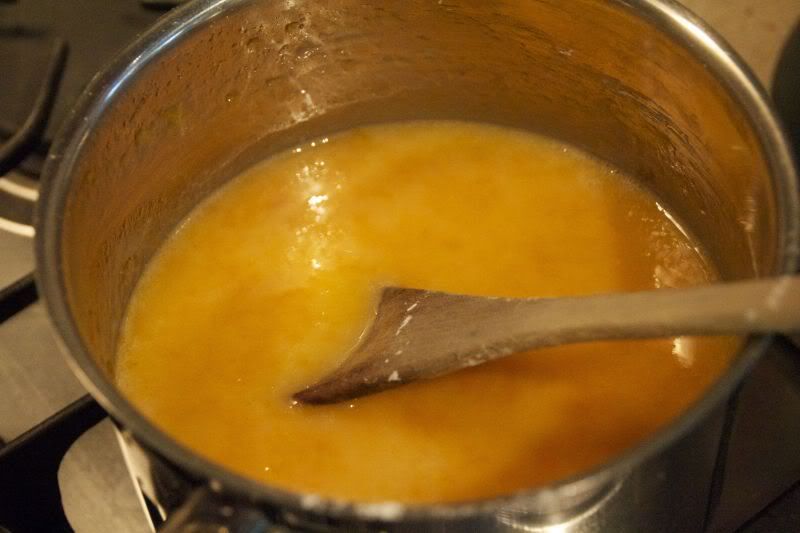 |
| When you first combine the ingredients, it'll look cloudy on account of the cornflour. Don't worry, it'll come good as gelatinization takes place. |
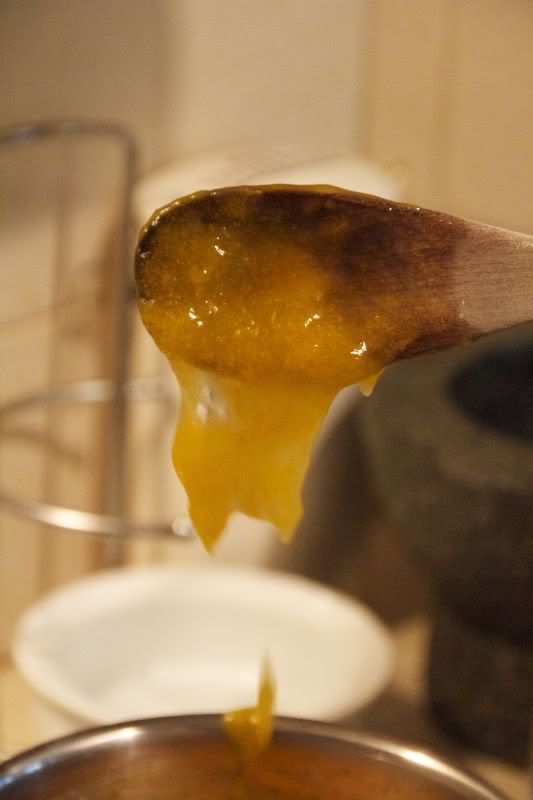 |
| This is the filling after it comes to the boil. See? Super thick. It should glop, not pour, from the spoon, and mound slightly when it falls. |
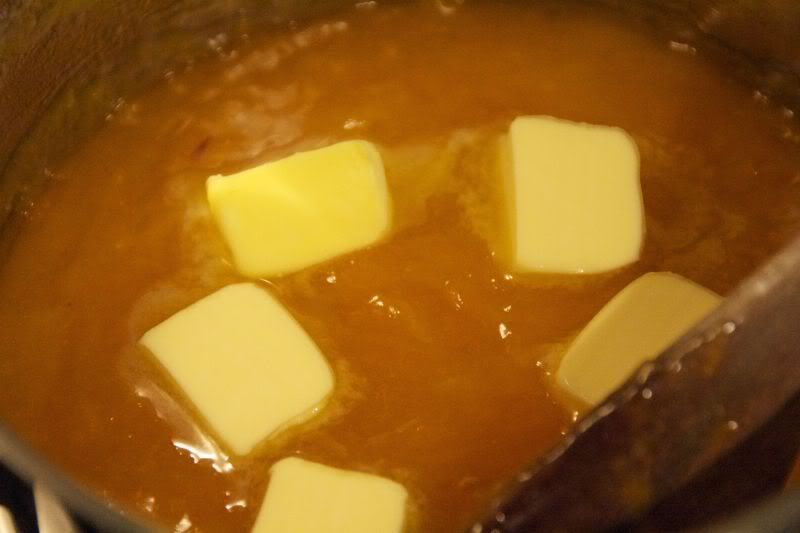 |
| Add butter, and stir. This will make the filling... |
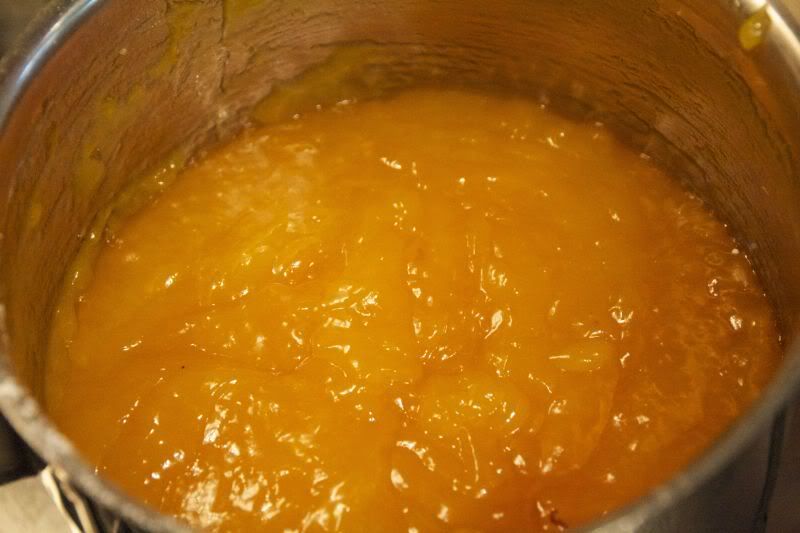 |
| ... gorgeously glossy. |
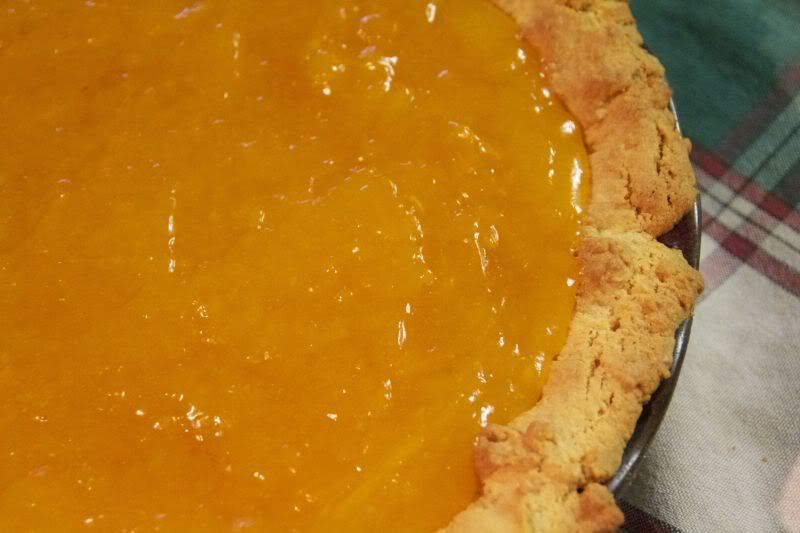 |
| Pour filling into crust, and chill. Have immoderate amounts of whipped cream on standby. |
PERFUMED FRESH APRICOT PIE
The perfume comes from the crust, which is spectacular. Keep the technique for the filling in mind for adaptation, too. It’s good for any soft summer fruit.
Ingredients:
For the crust –
140g. sugar
100g. butter
3 egg yolks
3 tbsp. port
2 tbsp. milk
1 tsp. vanilla
425-450g. self-raising flour
For the filling –
1 cup apricot puree
1 cup sugar
1/2 cup water
1/4 cornflour (corn starch)
2 tbsp. unsalted butter
Whipped cream, to serve
Method:
1. First, make the crust. Cream sugar and butter in food processor until creamy. Add egg yolks, and whizz. Add port, milk, and vanilla, and give it a very quick whizz (mixture will curdle if you overwhizz). Finally, add flour and pulse until a soft dough is formed. Scrape onto a sheet of cling film and refrigerate for one hour.
2. Brush tart or pie pan with baker's secret or grease and flour. Roll out dough, line pan, prick several times with a fork, and bake in a moderate oven for about 15 min., until golden.
3. Next, make the filling. Combine all ingredients except butter in a medium saucepan, and stir constantly until mixture boils and thickens. It will be very thick and should mound when you drop it from the spoon. Add butter, and stir until melted. Mixture will now be gorgeously glossy. Pour filling out into crust, and chill until set. Serve with whipped cream.
Yumbo McGillicutty!
